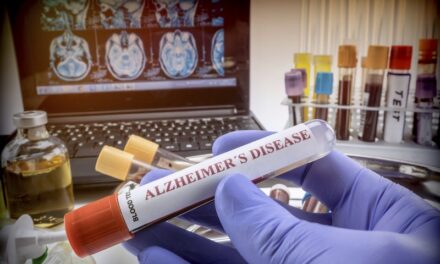A technique for detecting improvised explosive devices (IEDs) is being used to identify vitamins in the bloodstream linked to dementia. Researchers from the University of Adelaide in South Australia developed the IED detection method in 2014, which used light intensity to determine the presence of explosive residue.
The same method is now being used to highlight vitamin B12 in diluted human blood, with the potential to mature into a diagnosis tool for dementia or Alzheimer’s disease.
Lead investigator Georgios Tsiminis, PhD, said the technique was still being modified for commercial use but could also be used to detect a range of different molecules useful in identifying other diseases.
“We shine a light onto a blood sample that gives us a measurement of the amount of vitamin B12, which is linked to dementia,” says Tsiminis. “It’s a more efficient and cost-effective alternative to normal methods that could be applied to diagnosis of Alzheimer’s disease. Our sensor is an early first step toward a point-of-care solution for measuring and tracking B12 in healthy aging adults. This would allow doctors to monitor B12 levels and intervene as soon as B12 deficiency was detected.”
The new detection technique uses optical fiber and a laser to collect the signature of certain molecules. Light shines through a vial of diluted blood, which causes vitamin B12 molecules to vibrate. The optical fiber collects a signature from the molecule vibrations that make up the sample and delivers it to a spectrometer. The device then carefully analyzes the signature and allows researchers to identify the molecule to which it corresponds.
According to Tsiminis, the optical measurement only took about 30 seconds after blood preparation, compared to 2 days under normal vitamin B12 detection methods.
Vitamin B12 is a highly complicated vitamin, which is vital in the functioning and health of nerve tissue, brain function, and red blood cells.
According to the World Health Organization, there are more than 47.5 million people in the world with dementia, and Alzheimer’s disease contributes to about 60–70% of cases.
“The next step has to do with showing that the sensitivity limit can be reduced, but we need a wider scale study across different blood types to show that down the line this is something that can be applied to a wider population,” says Tsiminis.





